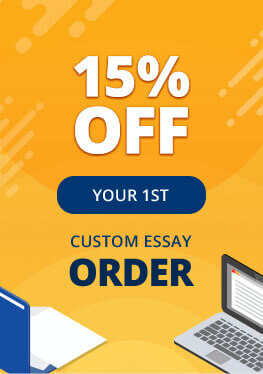This short paper provides a review of three different pieces of literary work and their description of Passover. The three differ not only in form and content, but also in the way they describe Judaism and Passover. While the first piece reviewed for this study has Judaism as one of its many topics and Passover has a more symbolic meaning, while the third article focuses on the connections that exist between Passover and Easter.
Using part of a fiction book as a source of information is an interesting method. Passover is a chapter from a book by Aleksandar Hemon. This chapter presents one day in a man’s life and a number of events that have happened this day. At first glance there seems to be nothing extraordinary on this day, but it is special at least from two angles. Firstly, in is the day when the hero gets his job interview, which seems to be successful. Secondly, it is the day of Passover. Although it is clear that this is only the beginning of the book, there is symbolism in this story, which unites the events with Passover holiday. Aleksandar Hemon, a Bosnian American writer, put a lot of personal, opinionated information in the book, as the protagonist has a number of similar features with the author, such as Bosnia as a place of birth.
Being a work of fictional literature, this chapter touches on the topic of Passover along with a number of other themes. Therefore, Jewish identity is not presented here as a central issue. Still, some conclusions can be made on the grounds of information provided in Passover. For example, it is interesting that, although many people in the 2nd level class are of Jewish descent, no one is interested or willing to talk about the history of the holiday. This could be seen as a result of the language barrier, but at the same time, one can see the hesitation and lack of desire to share information with strangers.
This book chapter should be analyzed from the point of symbolism and how the hero got an opportunity for a new job on Passover and no other day. This job became the hero’s possibility to enter a new better life, which would give him a stable job and ability to move on. Although there’s yet no significant information about Judaism and no outstanding accent is made on the religion, its’ influence is already noticeable.
The article Democracy and The New Haggadah has a primary focus on Judaism and Rabbi Mordecai M. Kaplan as a significant representative of the religion. Deborah Dash Moore, who is the Director of the Frankel Center for Judaic Studies, describes the life and line of ideas of Kaplan not only from the point of view of religion, but to a wide extent she focuses on political life of the man. Although the author understands that Kaplan was, first of all, a religious person and a philosopher, she emphasizes that, despite not being directly involved in political life, Kaplan “considered politics part of his responsibilities” (325). The article evolves mostly around Kaplan’s beliefs and views on life, thus the fact that Passover is described in the article means that the holiday was of great significance to Kaplan.
For Kaplan Passover was an ultimate holiday, which had in it the intersection of political and religious lives of people, and this intersection was what interested Kaplan the most. Therefore, he emphasized on the importance of the holiday. This article provides a short review of Passover history and explains the way it is connected to democracy. As Kaplan and his followers believed, there was a connection between American Judaism and American Democracy. Therefore, Kaplan tried to somehow turn Passover from being a uniquely Jewish holiday to the celebration of freedom, which he had, to some extent, achieved according to the article.
Democracy and The New Haggadah provides a very interesting overview of life and work of Rabbi Mordecai M. Kaplan, as well as explains the significance of Passover’s role for the man. This piece of work can be analyzed from different standpoints: someone might be interested in the study of Kaplan’s work and philosophical argumentation, while others would look at the man through historical perspective and study his influence on Jewish American culture. Deborah Dash Moore shows a very interesting character, who is able to look at Jewish history from a different standpoint.
The article Occupy Passover Seders and Easter Gatherings is written by a Rabbi, which should be always taken into consideration while analyzing this piece of work. This article is an example of popularization of Jewish culture and its’ integration in a Christian holiday. Rabbi Michael Lerner presents a number of ideas that people might be interested in using during their celebration. He emphasizes that these traditions can be used in either Passover or Easter celebrations, thus encouraging Christians to use interesting practices from Judaism.
Benefit from Our Service: Save 25% Along with the first order offer - 15% discount, you save extra 10% since we provide 300 words/page instead of 275 words/page
By presenting various traditions and explaining their role in history and holidays, the author emphasizes on the unity between the two religions. For example, Lerner states that Passover and Easter, in fact, have the same message, “We are not stuck; that liberation and transformation are possible; and that we should celebrate the partial victories of the past in order to gain both perspective and hopefulness about the future” (6). Therefore, the author presents a very interesting point of view, which shows the unity between two holidays, even though people in Judaism and Christianity celebrate different events.
Related Analysis essays
0
Preparing Orders
0
Active Writers
0%
Positive Feedback
0
Support Agents

 Call back
Call back


